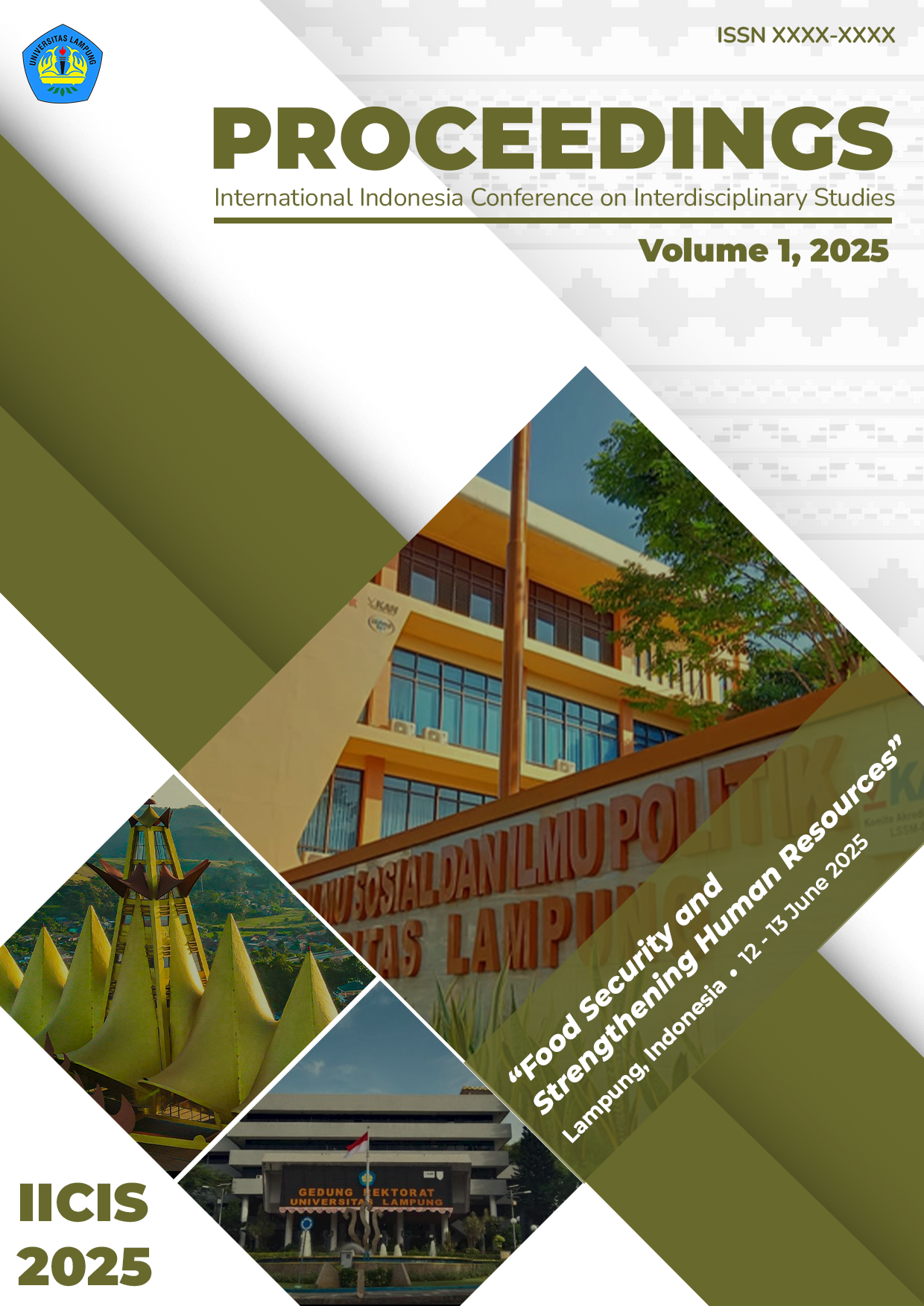AN ANALYSIS OF THE INFLUENCE OF DEBT TO EQUITY RATIO, CURRENT RATIO, RETURN ON ASSETS, AND SALES GROWTH RATE ON FINANCIAL DISTRESS
Keywords:
Financial Distress, Debt to Equity Ratio, Current Ratio, Return on Assets, Sales Growth RateAbstract
Indonesia’s textile industry is under significant pressure due to the global pandemic, exchange rate volatility, and high debt dependence, which has increased the risk of financial distress for major companies such as PT Sri Rejeki Isman Tbk (Sritex). This study aims to analyze the effect of Debt to Equity Ratio (DER), Current Ratio (CR), Return on Assets (ROA), and Sales Growth Rate (SGR) on financial distress, measured using the Altman Z-Score model. A quantitative approach was applied with multiple linear regression using SPSS 26 software, based on the company's quarterly financial reports for the 2017–2024 period. Partial test results (t-test) show that DER has a significant negative effect (β = -0.212; Sig. = 0.000), indicating that higher debt levels increase financial distress risk. ROA has a significant positive effect (β = 0.122; Sig. = 0.000), reflecting that asset efficiency reduces the likelihood of distress. Meanwhile, CR (Sig. = 0.136) and SGR (Sig. = 0.281) have no significant effect. The simultaneous test (F-test) yields F = 92.768 with Sig. = 0.000, confirming that the four variables jointly influence financial distress. The coefficient of determination (R²) is 0.964, indicating the model explains 96.4% of the variance in financial distress. The findings emphasize the importance of managing capital structure and improving profitability to mitigate financial distress. Future research is recommended to include multiple firms and consider external factors such as macroeconomic conditions and corporate governance.


